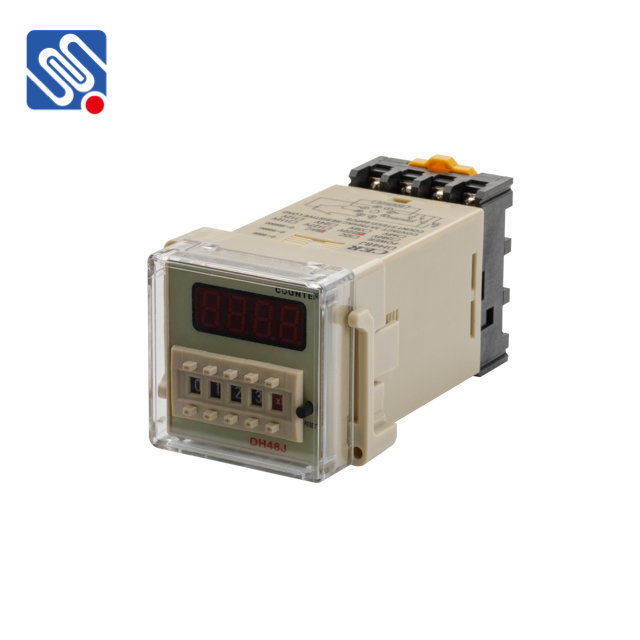Relays are essential components in modern electrical and electronic systems, playing a crucial role in controlling circuits without direct physical contact. A relay functions as an electrically operated switch, allowing small control voltages to manage larger loads. At the heart of every relay’s operation is a critical parameter known as Relay Voltage—the voltage required to energize the relay’s coil and activate its switching mechanism. In this article, we will explore the concept of relay voltage, its importance, the different types of relay voltage, and key considerations when choosing a relay.

What is Relay Voltage? Relay Voltage refers to the electrical voltage supplied to the relay’s coil to make the relay operate. When this voltage is applied to the relay, it generates a magnetic field that causes the relay’s contacts to change states, either opening or closing, depending on the design of the relay. The voltage required for this operation is called the “coil voltage” or “nominal voltage” of the relay. Each relay is designed with a specific voltage rating, which is the voltage it needs to operate correctly. If the voltage is too low, the relay will fail to activate, leading to a malfunction in the controlled circuit. Conversely, if the voltage exceeds the rated voltage, it could damage the coil and significantly shorten the lifespan of the relay.